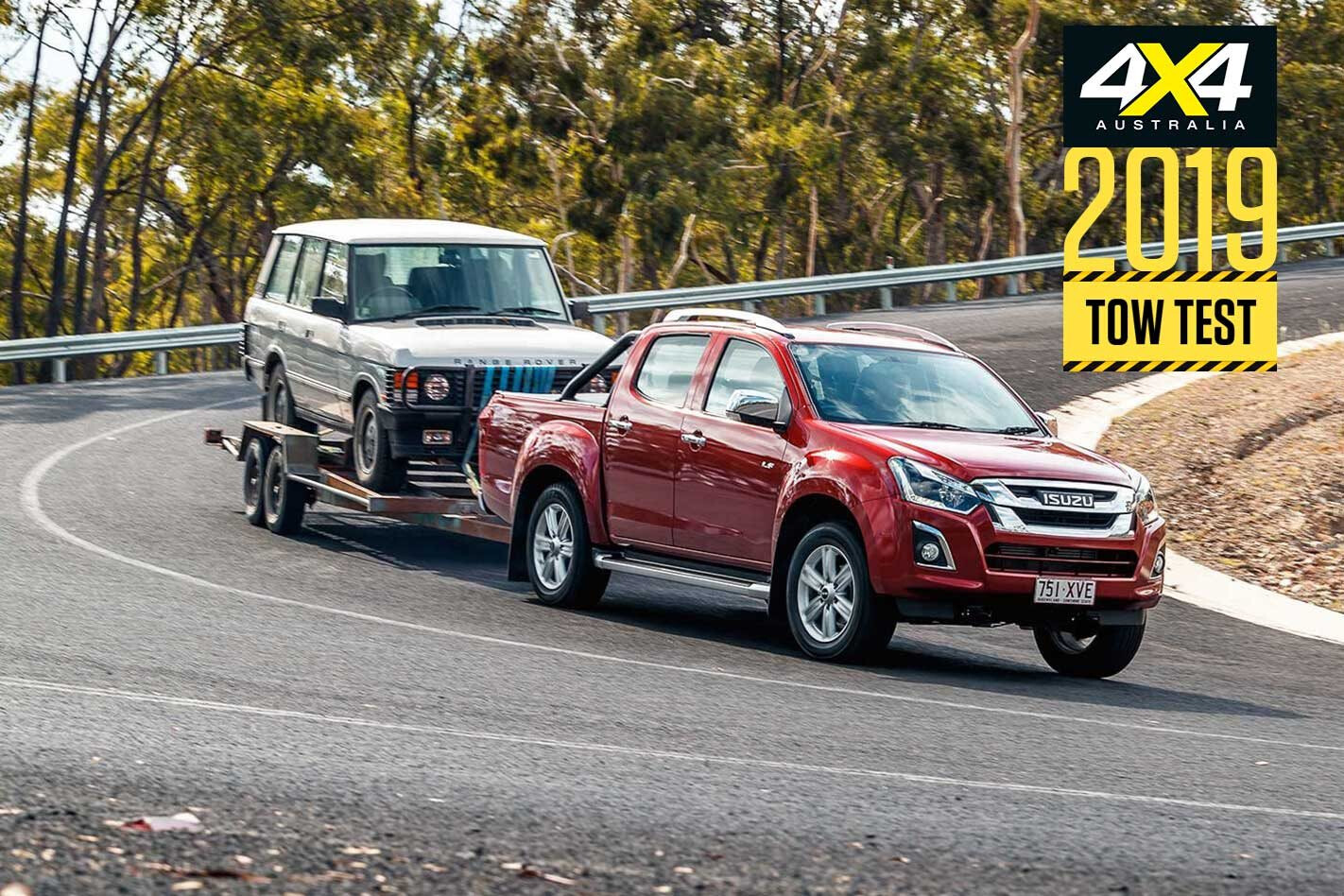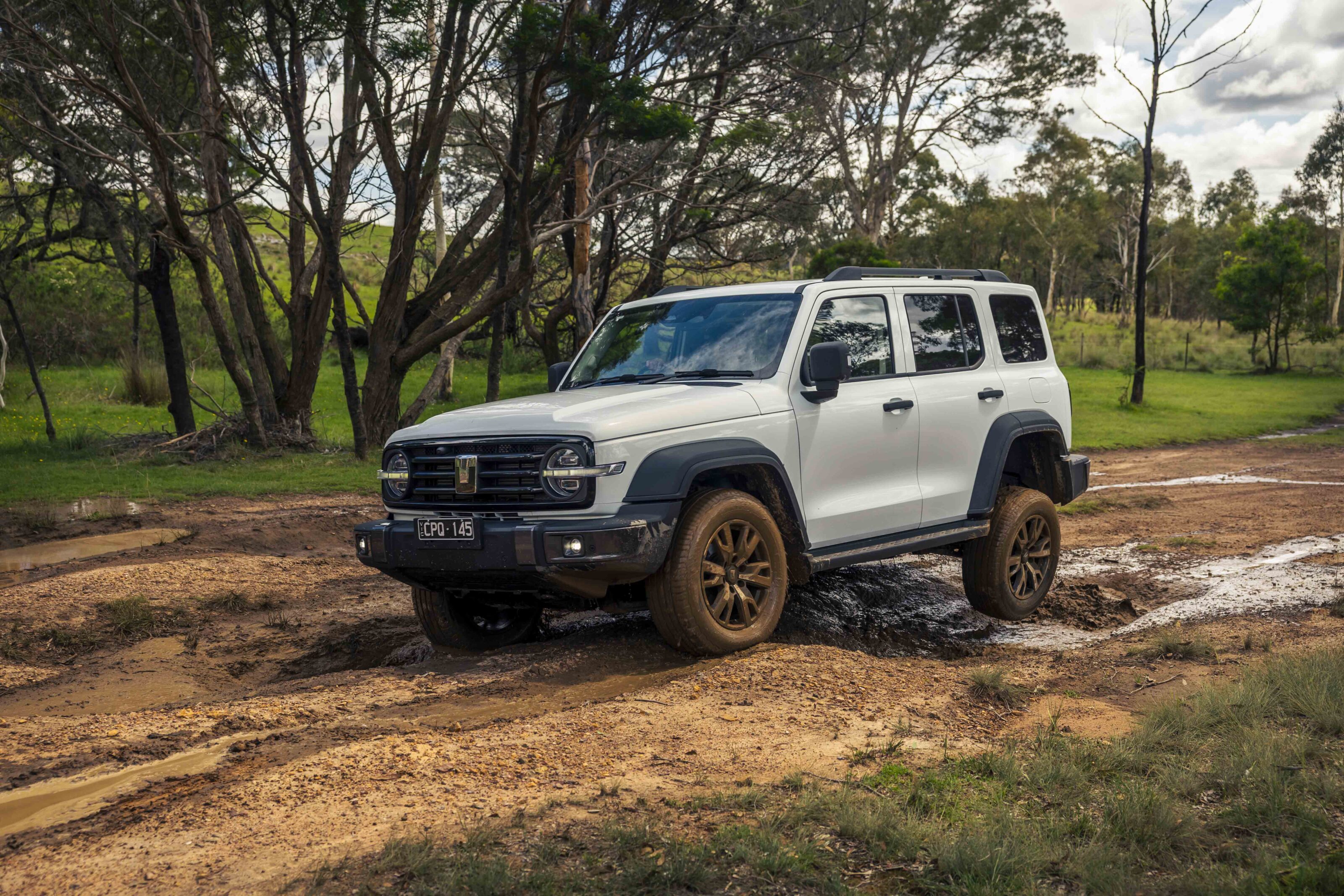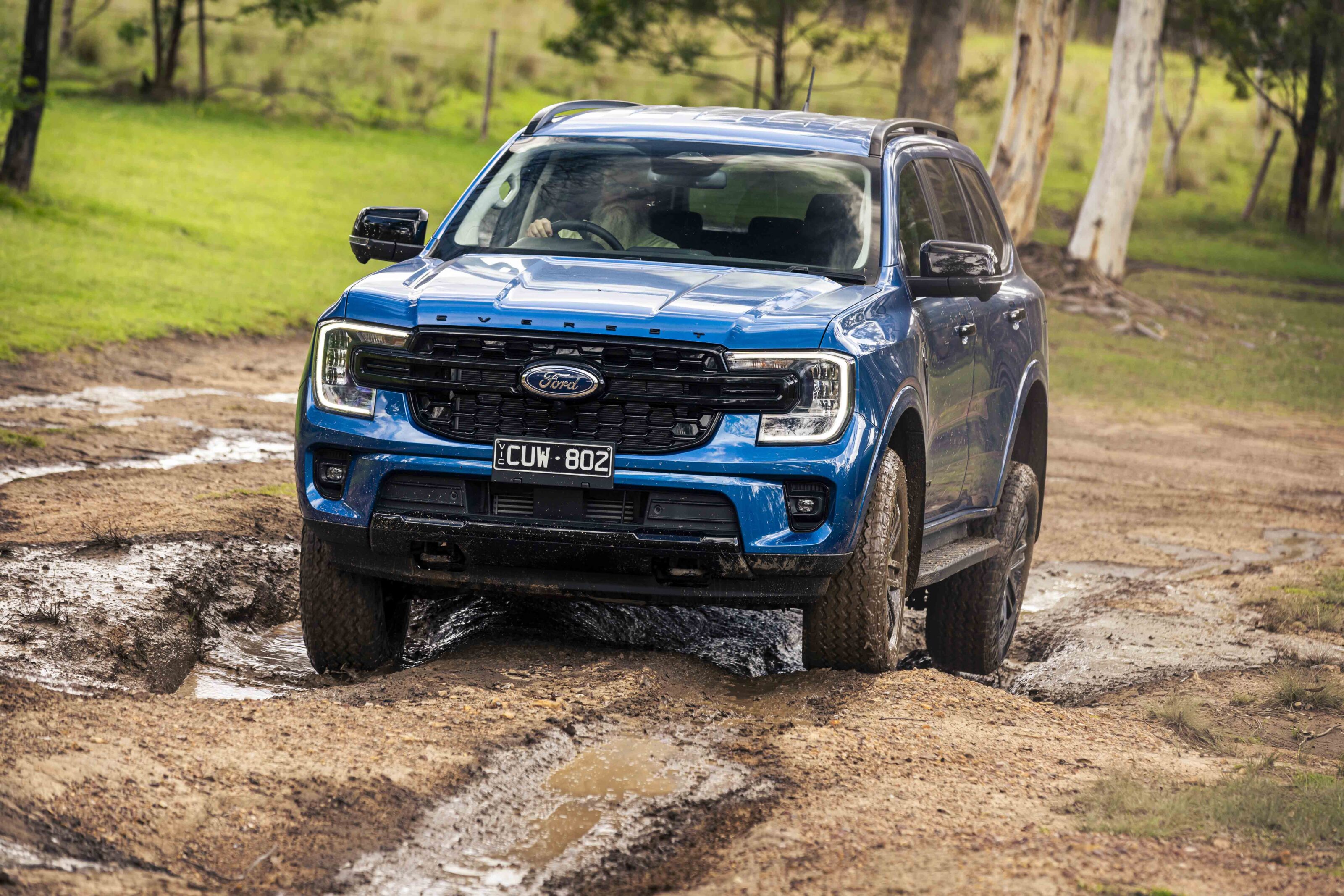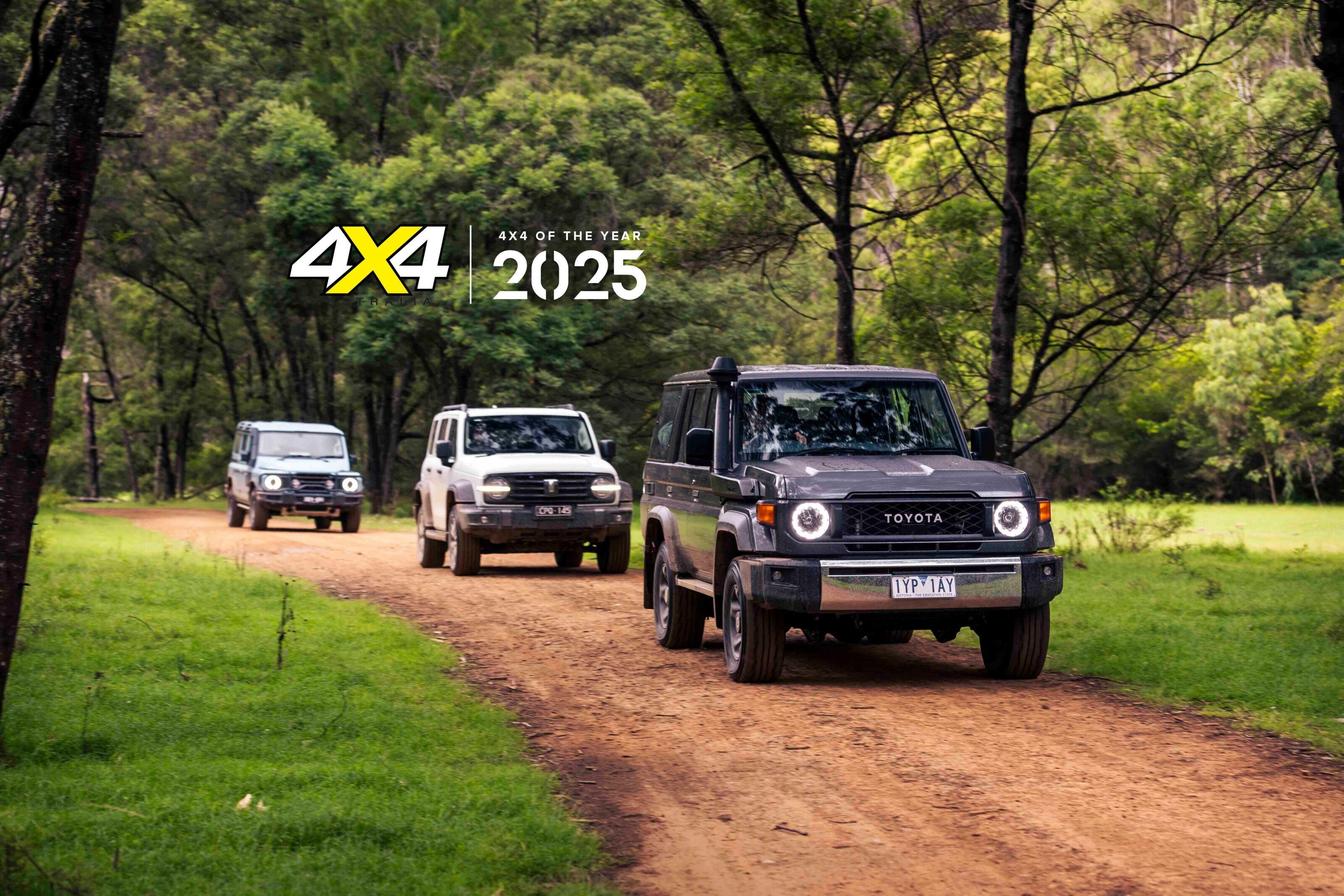IT MAY SEEM like little has changed with the 2019 Isuzu D-Max in recent years, but in 2017 a Euro 5 emissions upgrade to the 3.0-litre four-cylinder diesel bumped max torque from 380 to 430Nm, and a six-speed auto replaced the five-speeder. All this was done subsequent to our multi-ute load and tow comparison tests in late 2016.
These tests involved 800kg in the tub and a 3500kg tow test, conducted separately as these utes can’t carry and tow that much at the same time. In both tests the D-Max’s chassis was generally up to the task, but the 130kW/380Nm five-speed powertrain let it down and struggled with the work asked of it.
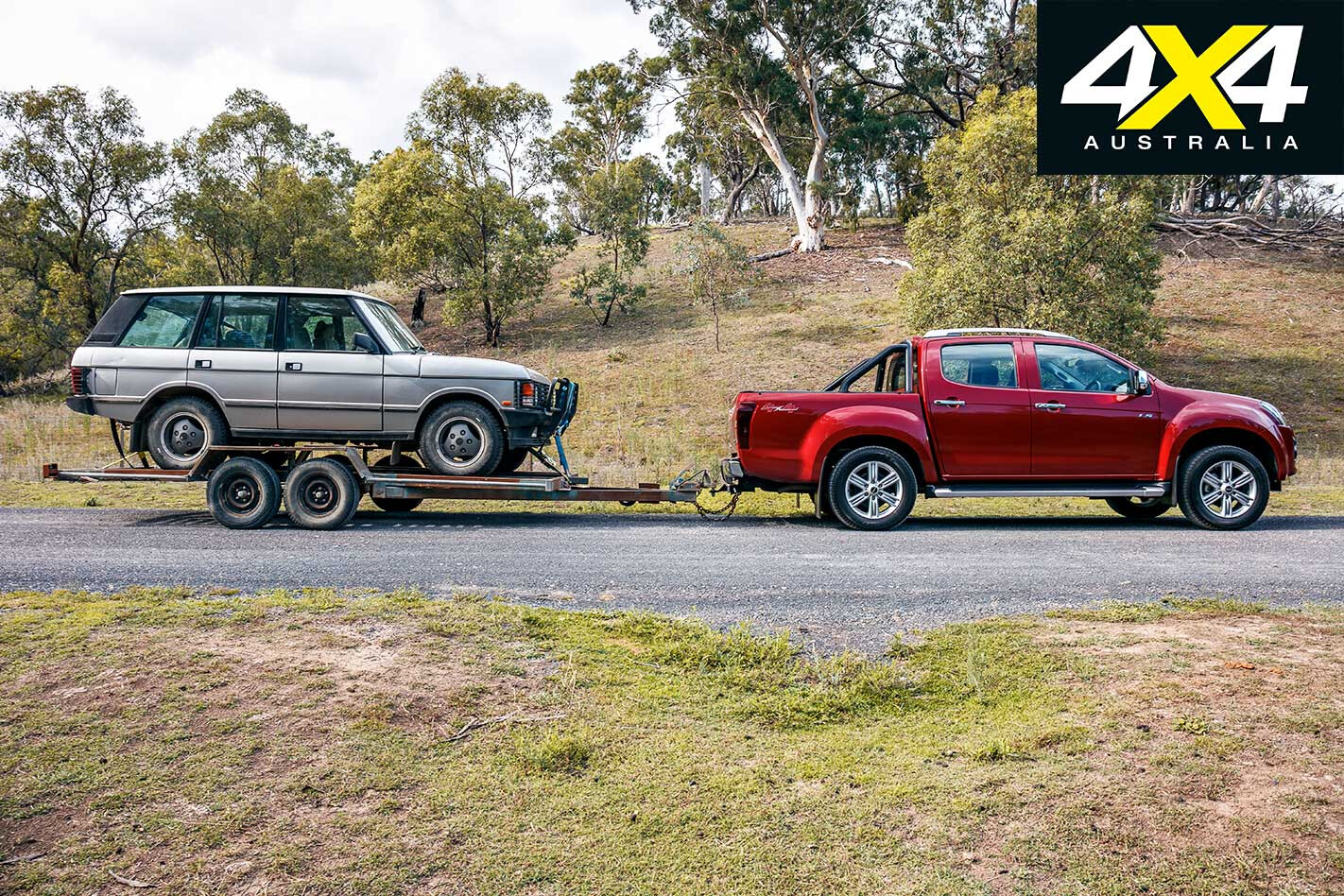
In 2018 all SX, LS-U and LS-T dual cabs received revised suspension, with three-leaf springs at the rear instead of the five-leaf used previously; to improve unladen ride. LS-M models retaining the five-leaf springs. Despite this change the GVM of all 4×4 models was increased by 100kg to 3050kg, which seems counterintuitive.
So what we have here is effectively a new powertrain (130kW/430Nm engine and six-speed auto) with a revised chassis. Our test D-Max is the top-spec LS-T, but it’s still the second cheapest ute here.
Isuzu D-Max General Load & Tow

WITH THE trailer hooked up and sand bags in the tub, the D-Max’s rear dropped 60mm; that’s less than all but the Colorado, with which the D-Max shares the basic chassis but not the spring and damper tune. Like the Colorado there’s less total suspension travel than with the Rangers or Amarok, so it’s unusual there’s not as much suspension compression under load.
Once loaded and underway the D-Max’s steering is confident without being special and the handling is stable enough. It’s not quite as good as the Ranger or Amarok which are the best here in that regard, nor is it up to the Colorado; but it’s still more than acceptable.

How it compares to what it was like before the rear suspension revision is hard to say, as our last heavy duty tow test involved different parameters. Only testing an LS-M retaining the five-leaf springs with this exact load would answer that question; although, Isuzu claims the same GVM and GCM regardless of the springs fitted.
The engine’s performance under general touring conditions hauling this load is reasonable without being a front-runner, as you’d expect with the two V6s in play. It still works away without much fuss and shuffling around from the reasonably refined Aisin six-speed automatic, a similar gearbox as to what’s found in Toyota’s Hilux and Prado.
Isuzu D-Max Steep Gradient Load & Tow
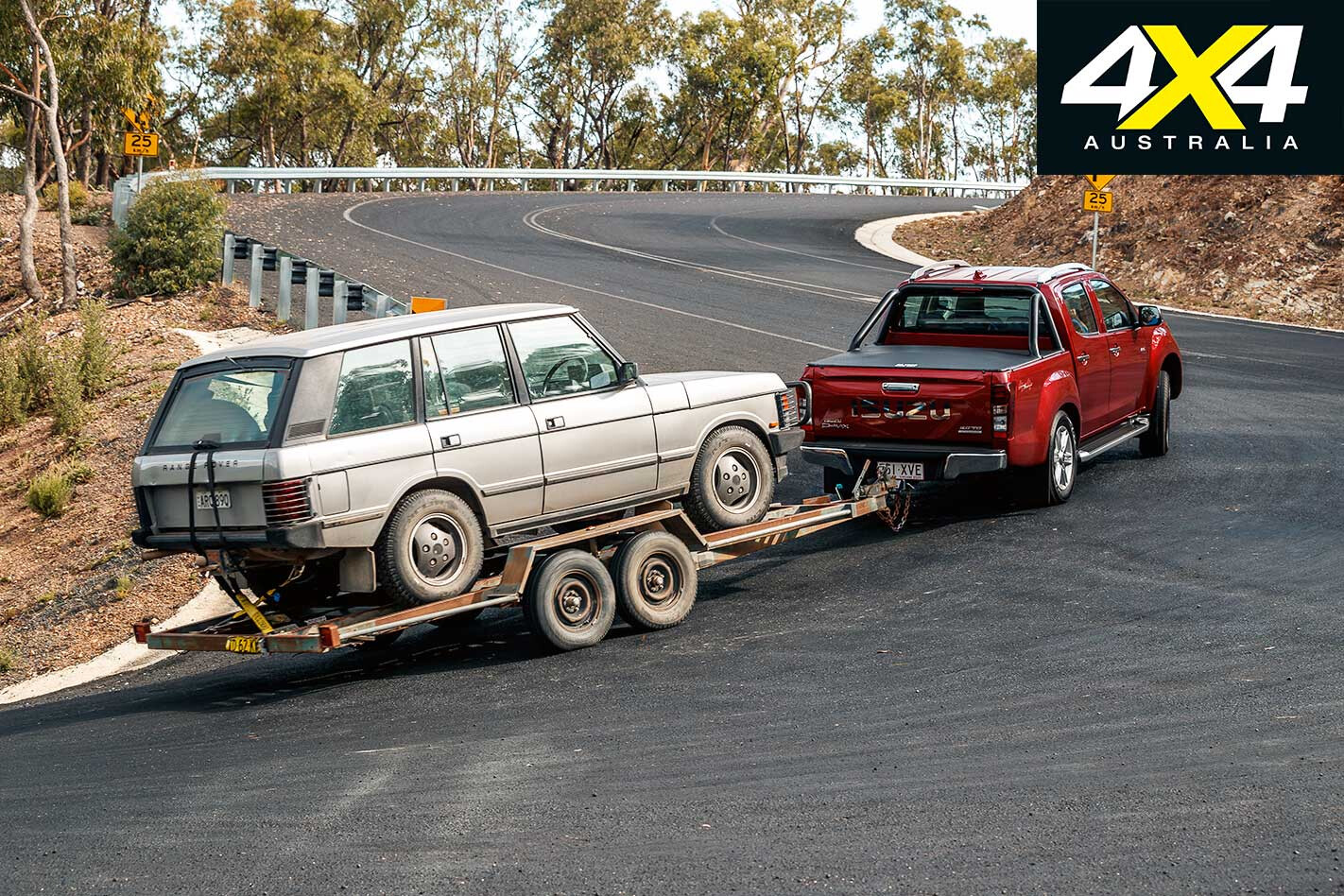
GIVEN ITS modest power and torque outputs – the lowest here on both counts – and its generally commensurate highway towing performance, we didn’t have much hope the D-Max would mount our steep climb at anything but a pace that would find it at the back of the pack.
Well, it didn’t charge up the hill but the combination of hard work, lots of revs and a decisive gearbox that happily shifted back to first on the slowest bits, and the D-Max was bettered only by the two V6s and Ranger 3.2. Perhaps it’s Isuzu’s truck-engine heritage shining through, but it certainly seemed to relish the hard work. Decent engine braking on the way down, too.
Isuzu D-Max Tow Test Results
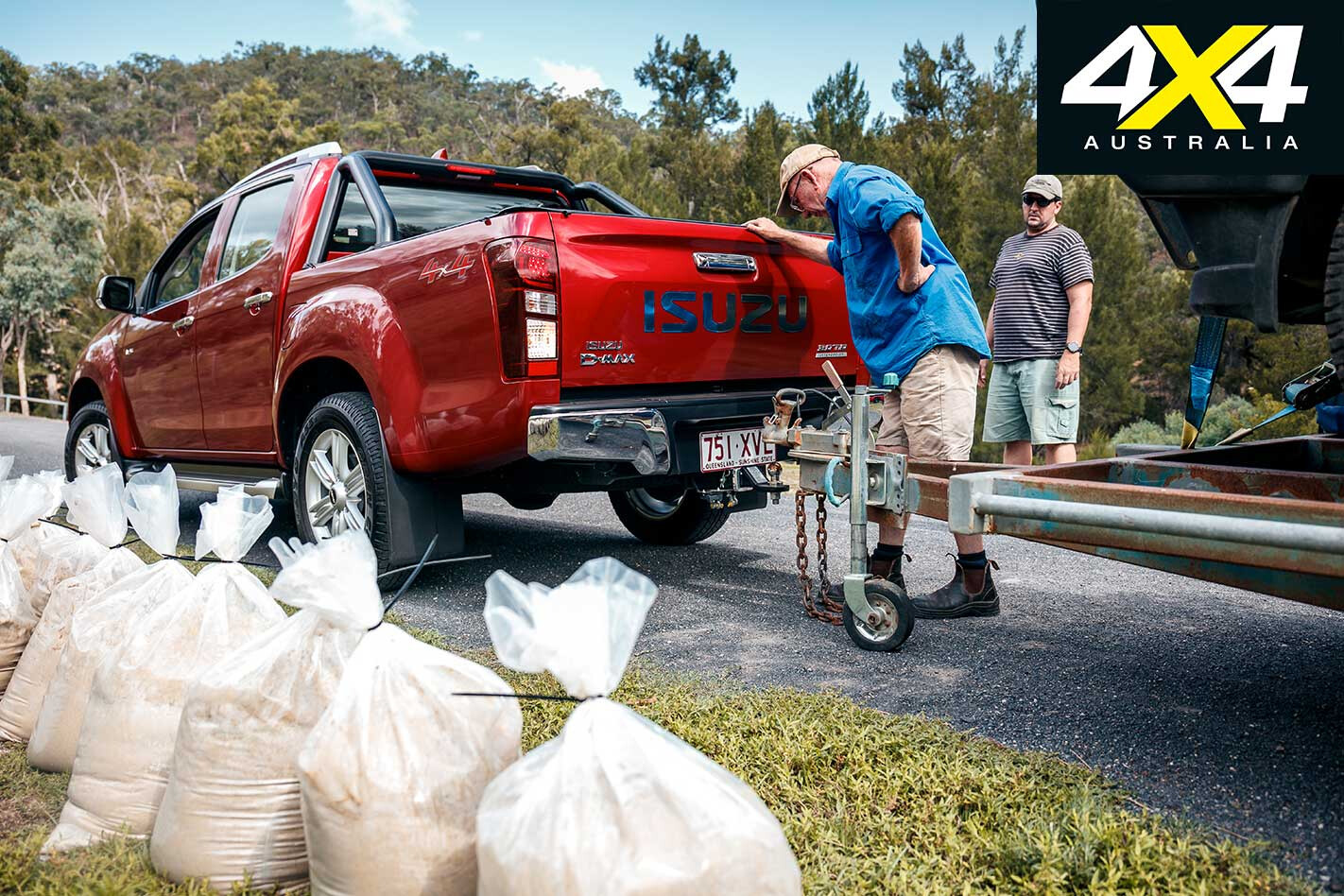
Towing Capacity: 3500kg Towball Download (max): 350kg Payload: 1024kg
2019 ISUZU D-MAX LS-T SPECS: Engine: 3.0-litre 4-cyl turbo diesel Max power: 130kW @ 3600rpm Max torque: 430Nm @ 2000-2200rpm Transmission: 6-speed auto 4×4 system: Dual-range part-time Kerb weight: 2026kg Fuel tank capacity: 76 litres ADR fuel consumption: 7.9L/100km
| 2019 ISUZU D-MAX 4×4 PRICES* | |
| SX 4×4 DC/PU (auto) | $46,600u00a0 |
| LS-M 4×4 DC/PU (auto) | $48,900u00a0 |
| LS-Uu00a04x4 DC/PU (auto) | $50,800u00a0 |
| LS-Tu00a04x4 DC/PU (auto) | $54,700u00a0 |
| *Not including on-road costs | |

